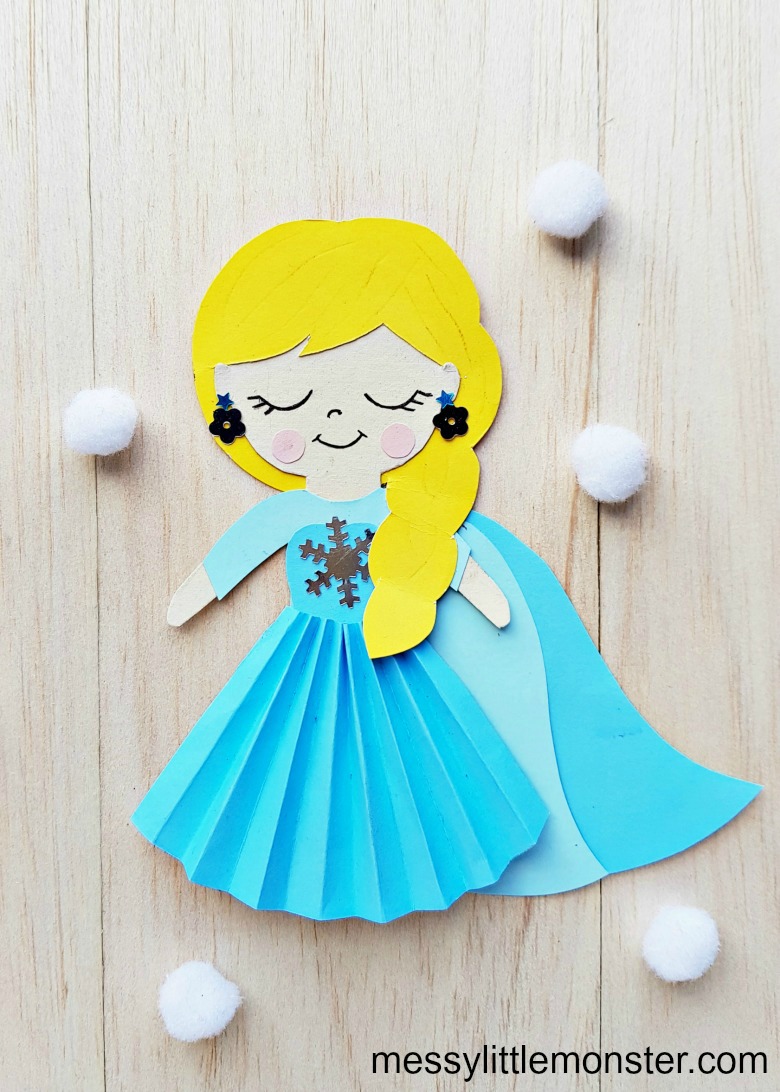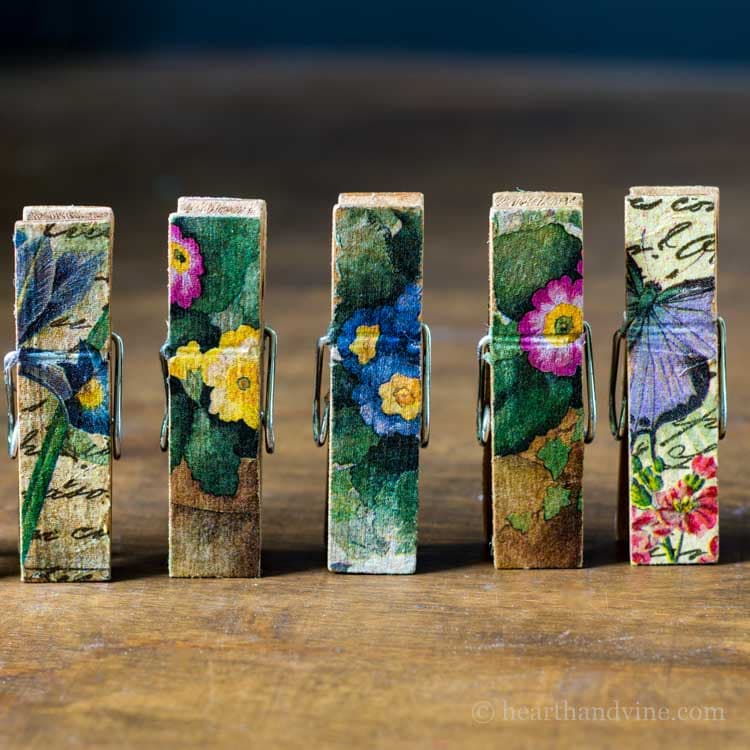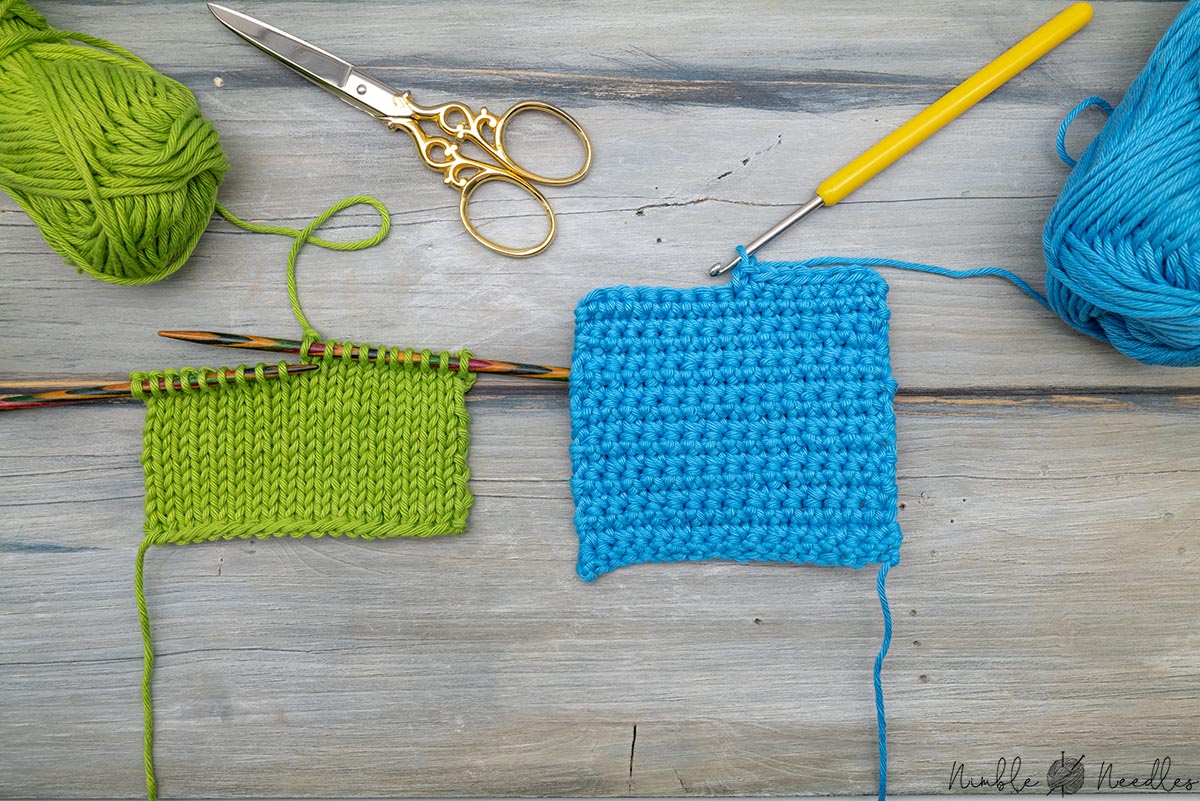
It's a great way for your children to have quality time together. You can have fun creating your own unique items with children of all ages. While some children love creating crafts that look like the original, others are more open to trying something new. Both types of crafts can be encouraged and supported. The best thing about arts and crafts is that they're open-ended and not limited by an end product. It's not as important how they create memories as the final product.
Art & Crafts movement
The Arts and Crafts movement was an international movement in the decorative arts. It started in the British Isles. The movement spread to other parts of Europe and the British Empire. Its popularity soon reached America and the rest of the world. This style was first developed in England during the early 20th century. However, it has spread to other parts of the globe. This article will provide a brief history of Arts and Crafts.
The Arts & Crafts movement is credited with transforming the decorative arts into a new aesthetic style. The 1851 Great Exhibition of London was a major influence on the development of this movement. Its founder, the artist Walter Crane, sought to give decorative artists new relevance and visibility. These artists have received less attention historically than painters, sculptors, and painters.
Morris's ideas
William Morris, an English artist/designer, was a pioneer in arts and crafts. He advocated for the revival of hand-made items and beautiful everyday objects. His ideas regarding arts and crafts focused on smaller-scale workshops and connected production. He was a member the Birmingham set, which consisted of creative students who created the Arts and Crafts movement late in the 19th century.

John Ruskin was a critic of Industrial Age thought who stressed the importance of individual expression and material integrity. Ruskin's work as well as the ideals and depictions of the medieval period and the Italian Renaissance were the foundations of his philosophy.
Hubbard & Stickley’s "Craftsman Style”
The Chips catalogue set the philosophical groundwork for the Craftsman style. Stickley's initial public statement was made by the Chips catalogue. It was designed by Irene Sargent. David Cathers refers to the Chips catalogue "a polemic declaration." It represented a major shift from New Furniture's aesthetic to unifying structural designs. It also established Craftsman style.
Gustav Stickley was the eldest Stickley son, born in Osceola, Wisconsin, and later dropped out of school and worked in his father's stonemasonry business, helping to support the family. His mother eventually relocated to Brandt, Pennsylvania, where he began work in his uncle's chair factory. He received formal training in furniture manufacturing.
Craftsman style
If you're constructing a Craftsman style home, you'll need to take care of a few minor details to make the house look as perfect as possible. You need to pay attention to the hardware and door mats as well as porch furniture. Make sure exterior lights are functional and clean.
Trim is an essential part of Craftsman style homes. White is popular for windows and doors, while wooden trim can be used on sliding barn doors. These finishing touches are customizable to fit your specific design style.

Crafts or DIY?
Crafts and DIY both represent creativity and are gaining popularity. They both use raw materials and natural resources to create new things. Crafts however require more creativity as well as exceptional work. DIYs on the other side are easier and less costly. If you don’t have the funds to purchase the supplies you need, DIY might be a good choice.
Some crafts are both functional and beautiful, while some are just decorative. A pegboard-based organizer is an example. This organizer is circular in form and uses pegboard to support its base.
FAQ
What are observation hobbies exactly?
Observation hobbies allow you to observe others doing the same thing. They might include watching sports, reading books, going on holiday, etc. It could also include observing others.
Because they teach you how to think creatively, observation hobbies are great. This knowledge will be useful later in your work for others and yourself.
You will discover that learning is easier when you are interested.
For example, if you want to know more about football, you may watch a game or read a book about it. To learn more about photography, it is possible to visit and take photos.
If you enjoy playing music, you could play along to songs online or buy a guitar.
If you like cooking, you could cook your own meals or visit restaurants.
If you love gardening, you might grow vegetables or flowers.
If dancing is something you enjoy, join a dance class.
You can paint pictures if your passion is painting.
Writing poetry or stories is a passion if you are a writer.
You could also draw pictures if you enjoy drawing.
If you love animals, you could look after pets or work at a zoo.
If science is your passion, you might choose to study biology or chemistry.
If history is your passion, you can either read books or watch films. Or you could listen to podcasts.
You can travel abroad or explore your home area if you love to travel.
What can I do to make money from my hobby or business?
Many hobbies can lead to making extra cash.
You might consider selling items that are related to your hobby if you are passionate about it.
For example, if you collect stamps, you may want to set up a website selling rare stamps.
This allows you to make additional income, without having the hassle of actually purchasing and selling stamps.
Another option is to create a YouTube Channel where you can talk about your hobby.
This allows you share your passion and generate revenue by creating premium content.
What are some great hobbies?
Doing something you enjoy is the best hobby. If you enjoy what you do, it will be much easier to keep going. You'll also have an excuse when you're not feeling well or tired!
The hobbies we all love are gardening, painting and crafting, photography.
Volunteering could be a great option.
If you're looking to do something more adventurous, Try scuba diving, rock climbing or parasailing.
If you want to go further afield, there are plenty of unique ways to spend time in nature. These include caving.
Where can I find free resources to learn more about hobbies?
There are many websites dedicated to helping people discover new hobbies.
Here are some of our favorites:
www.trythisathome.com - This site provides a list of over 100 different hobbies. You can also find information about how to start each hobby.
www.hobbyfinders.org -- This site provides a searchable database of thousands upon thousands of hobbies that you can browse by skill level, location and interest.
www.indiebazaar.co.uk - IndieBazaar is an online marketplace designed specifically for independent artists and musicians. You will find hundreds of products that range from artwork to music gear on the site.
www.pinterest.com/explore/hobbies - Pinterest is a social media network that lets users "pin" images they find interesting onto their boards. Boards allow users to organize things they like into specific categories.
www.reddit.com/r/Hobbies Reddit allows users to share links to articles, videos and other content on their social media platforms. Voting is available for users to choose the most valuable posts.
What are your educational hobbies and interests?
An educational hobby is an activity where you learn something by doing it. It could be anything, from playing sports to learning how an instrument is played.
The most important thing is that you find it enjoyable and entertaining. You don't necessarily have to do this all the time. But if it becomes boring, then think about what you could be doing.
Also, you need to be careful not to spend too much on these activities. They can end up costing more than you think.
Statistics
- Much of this decline reflects the fact that teens are less likely to work today than in the past; among employed teens, the amount of time spent working is not much different now than it was around 2005. (pewresearch.org)
- This 100% accurate personality-analyzing hobby quiz discovers your passion based on your characteristics. (quizexpo.com)
- The Role of the Mind in Sex, Dating, and Love: Men in the “humor” condition received phone numbers from 42.9% of the female participants and were refused 57.1% of the time. (time.com)
- The intensity of the dialogue partners' bond at the end of the forty-five-minute vulnerability interaction was rated as closer than the closest relationship in the lives of 30 percent of similar students. (time.com)
- In comparison, men in the “no humor” condition were refused 84.6% of the time and were only accepted 15.4% of the time. (time.com)
External Links
How To
How to learn how to play a musical instrument
There are many ways you can learn to play music. There are many options. You can go to school, purchase a book, learn from an instructor, or watch videos online. Here are some tricks and tips to help you find your way.
-
Find something that interests your interest. If you don't like any of the instruments you see around, then you should try another one. If you don’t enjoy playing an instrument it will be hard for you to get into it.
-
Be patient. It takes time to learn anything new. Expect to not be able master all things immediately. Instead, continue to practice each day.
-
Regular practice is important. This can be done even when you are tired. This will ensure that you won't forget what you learned.
-
Make sure you choose a safe place to practice. The ideal place to practice is one that is quiet and won't be disturbed by anyone else. You should also make sure there aren’t any distractions. You should avoid loud music being played near you.
-
Have fun. Music is meant to be enjoyed. Have fun with your practice. Being happy will inspire you to keep practicing.
-
Set goals. Set goals. You'll know exactly what you must achieve. Therefore, you will have no excuse for failing.
-
Keep track and keep track of your progress. Write down all of your accomplishments and failures. This will help you to improve your performance over time.
-
Pause. Sometimes it is enough to just stop and think. Taking breaks will give you time to think about things.
-
Ask questions. Ask questions. They may be able to help you out.
-
Listening can teach you a lot. Musicians often listen to music they like and try to imitate it. This helps them understand the basic concepts behind the song.
-
Read books. Lessons learned from books are more valuable than videos and classes. Books often contain information you can't find elsewhere.
-
Join a group. Playing with others forces you to practice more. Plus, you will meet people who share similar interests as yours.
-
You can watch tutorials. Tutorials are short videos which explain many topics in great detail. These tutorials usually concentrate on one particular aspect of an instrument. You can learn difficult parts of the instrument by watching tutorials.
-
Try different methods. Some prefer to learn by listening, while others prefer reading. Try different methods until you find the one that works for you.
-
Practice makes perfect. You don't become an expert overnight. It takes a lot of work to be able to perform well.
-
Begin a group of musicians. Listening to other people play their favorite songs can help you learn faster.